In the realm of paleontology, few discoveries have sparked as much scientific debate and wonder as the enigmatic fossil known as Halszkaraptor escuilliei. This remarkable specimen, unearthed from the Gobi Desert’s rich fossil beds, presents a fascinating evolutionary puzzle – a creature that appears to embody characteristics of two distinct dinosaur lineages. With features reminiscent of both predatory theropods and aquatic swimmers, this fossil challenges our understanding of dinosaur evolution and adaptation. Its discovery has prompted scientists to reconsider the boundaries between dinosaur classifications and has opened new avenues for research into the diversity of prehistoric life.
The Remarkable Discovery of Halszkaraptor
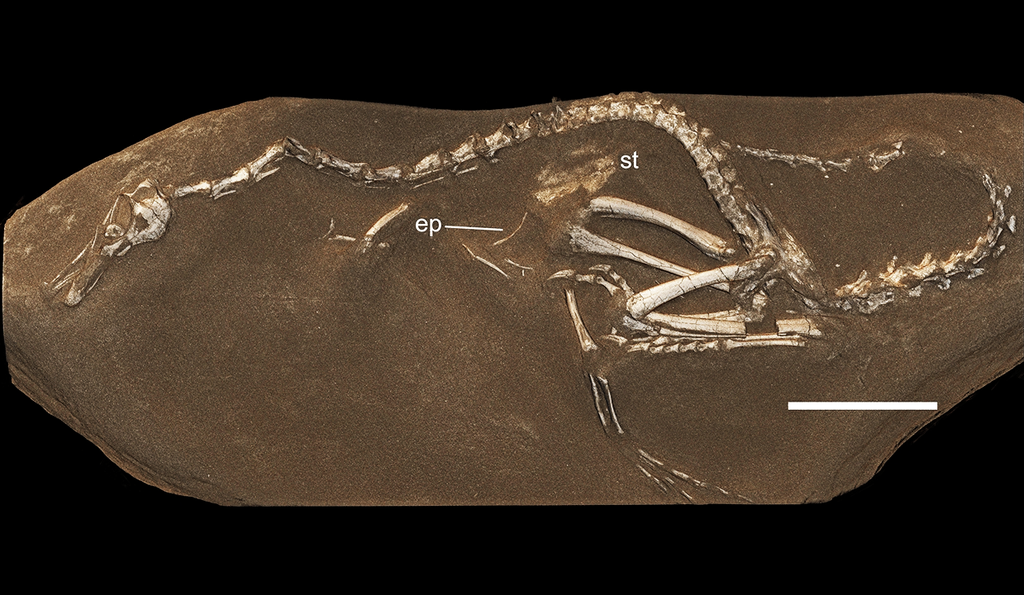
Halszkaraptor escuilliei was discovered in the Djadochta Formation of southern Mongolia, an area renowned for its exceptionally preserved fossils from the Late Cretaceous period. The specimen’s journey to scientific study was far from straightforward – it was initially smuggled out of Mongolia and passed through private collections before finally reaching researchers. Paleontologist François Escuillié acquired the fossil from private dealers and recognized its scientific importance, facilitating its return to Mongolia after study. The fossil dates to approximately 75 million years ago during the Campanian stage of the Late Cretaceous, a time when dinosaurs were reaching their peak diversity before their ultimate extinction. What makes this discovery particularly exceptional is the fossil’s remarkable three-dimensional preservation, which allowed scientists to examine its anatomical features in unprecedented detail.
A Creature of Two Worlds
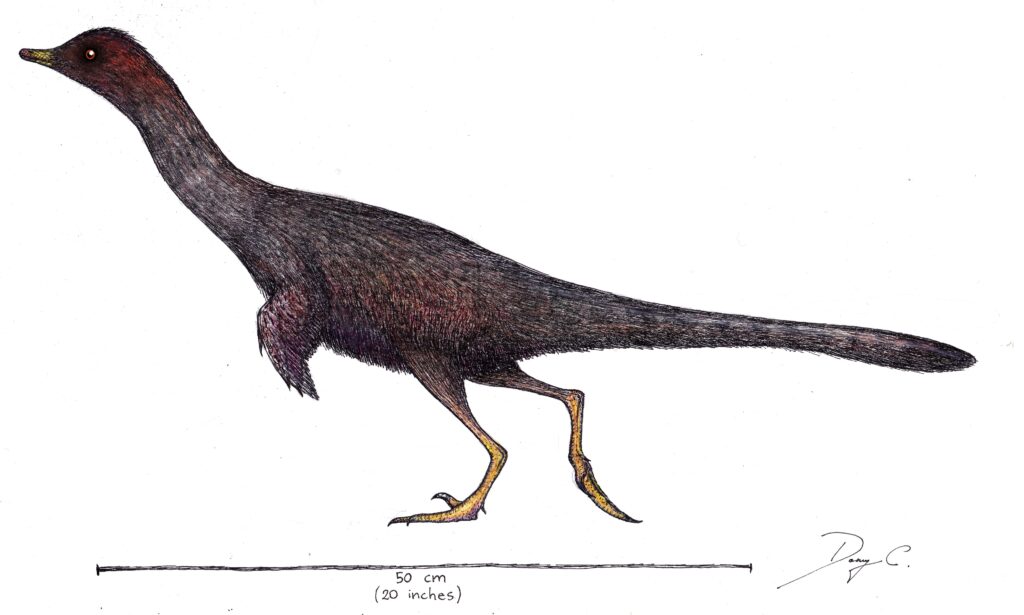
What immediately struck researchers about Halszkaraptor was its peculiar combination of features that seemed to bridge two different dinosaur lineages. The creature possessed the sickle-shaped killing claw and general body plan of a dromaeosaurid – the family of feathered, predatory dinosaurs that includes Velociraptor. However, it also exhibited numerous adaptations suggesting a semi-aquatic lifestyle, reminiscent of modern waterfowl. This dual nature led paleontologists to describe it as a “swan-necked dinosaur” – a predator that could hunt effectively both on land and in water. With a body length of approximately 1-2 meters, Halszkaraptor was relatively small compared to many of its dinosaur contemporaries, yet its unique adaptations suggest it occupied a specialized ecological niche that few other dinosaurs exploited.
Revolutionary Scanning Techniques

To properly study this unusual fossil without damaging it, researchers employed cutting-edge technology rarely used in paleontology. The team, led by paleontologist Andrea Cau, utilized synchrotron multi-resolution X-ray microtomography at the European Synchrotron Radiation Facility in Grenoble, France. This powerful scanning technique allowed scientists to examine the fossil’s internal structures while it remained embedded in rock matrix, creating detailed three-dimensional models of the skeleton. The scans revealed features that would have been impossible to observe through traditional methods, including the precise shape and arrangement of teeth, vertebrae, and limb bones. This non-destructive approach represented a significant advancement in paleontological research methods, providing unprecedented insights into the anatomy of this unique specimen while preserving it for future study.
Aquatic Adaptations

The aquatic features of Halszkaraptor present some of the most compelling evidence for its dual nature. Its forelimbs were structured unlike those of typical theropod dinosaurs, with elongated forearms that suggest they may have functioned similar to flippers for swimming propulsion. The dinosaur’s neck was unusually long and flexible for a dromaeosaurid, resembling those of modern aquatic birds and allowing for efficient underwater hunting. Perhaps most tellingly, Halszkaraptor possessed sensory adaptations in its snout similar to those found in modern crocodilians and waterfowl – tiny pits and channels that likely housed pressure receptors for detecting prey underwater. Its teeth were also unusual, with numerous small, needle-like teeth in the front of its jaws perfect for grasping slippery prey like fish or amphibians. Together, these features paint a picture of a creature well-adapted for hunting in shallow aquatic environments.
Terrestrial Predator Characteristics

Despite its aquatic adaptations, Halszkaraptor retained many features typical of terrestrial predatory dinosaurs. Its hindlimbs were typical of dromaeosaurids, with a large, sickle-shaped claw on the second toe that could be used as a formidable weapon against prey or predators. The dinosaur’s tail was stiffened by elongated vertebral processes, a feature common in dromaeosaurids that provided balance and maneuverability during rapid movement on land. Halszkaraptor also possessed the large brain case typical of dromaeosaurids, suggesting it had the enhanced sensory capabilities and intelligence associated with these predatory dinosaurs. Its overall body proportions, though modified for aquatic locomotion, still maintained the basic framework of a theropod dinosaur. These terrestrial adaptations indicate that while Halszkaraptor may have spent considerable time in water, it remained capable of efficient locomotion and hunting on land.
Evolutionary Significance
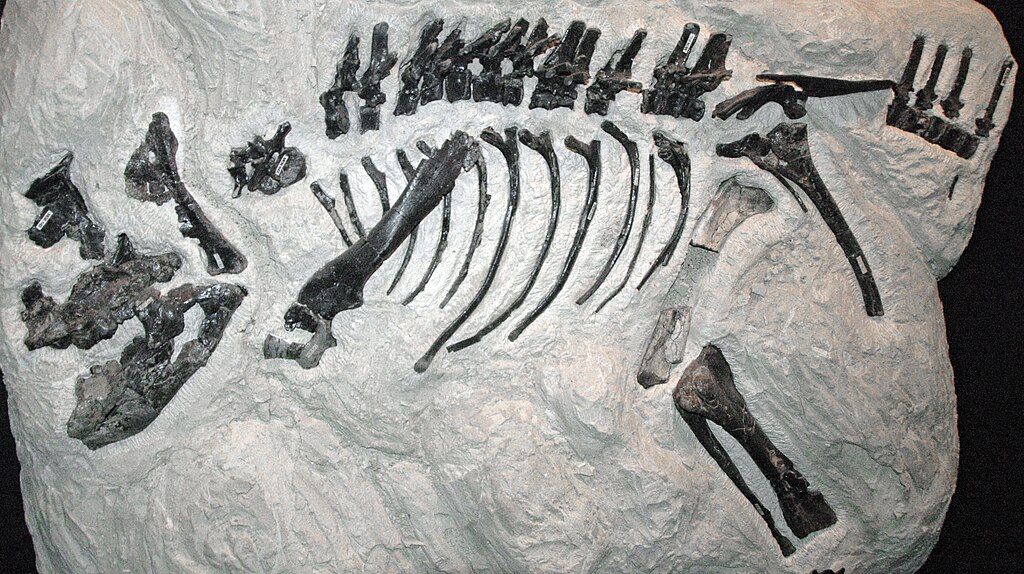
Halszkaraptor represents a previously unknown evolutionary pathway within theropod dinosaurs. As a member of the newly established Halszkaraptorinae subfamily within Dromaeosauridae, it demonstrates that some raptor dinosaurs evolved adaptations for semi-aquatic lifestyles, a ecological niche not previously recognized in this group. This discovery challenges the conventional view that dromaeosaurids were exclusively terrestrial predators and suggests greater ecological diversity within theropod dinosaurs than previously understood. Halszkaraptor likely evolved from terrestrial ancestors that gradually adapted to exploit aquatic resources, similar to how some theropod lineages eventually evolved into birds. This evolutionary transition provides valuable insights into how dinosaurs could adapt to fill diverse ecological niches, highlighting their remarkable evolutionary plasticity. The existence of Halszkaraptor also raises questions about how many other unusual dinosaur adaptations might remain undiscovered in the fossil record.
Controversies and Alternative Interpretations
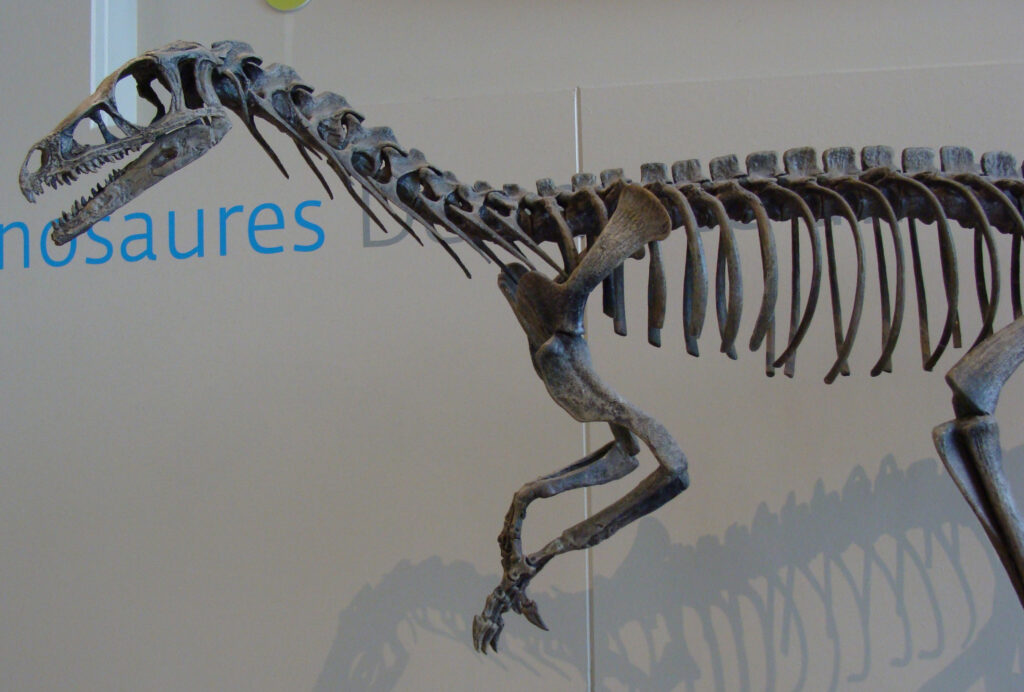
Not all paleontologists have accepted the initial interpretation of Halszkaraptor as a semi-aquatic predator. Some researchers have questioned whether the unusual combination of features might be the result of fossil tampering or a chimera created from multiple specimens, given the fossil’s complex history in private collections. Other scientists have proposed alternative interpretations of its anatomy, suggesting that features interpreted as aquatic adaptations might serve different purposes. For instance, some argue that the elongated forelimbs might relate to digging behavior rather than swimming. A few paleontologists have questioned whether the sensory pits in the snout might be preservation artifacts rather than genuine anatomical features. These scientific debates highlight the challenges of interpreting unusual fossils and the importance of rigorous analysis in paleontological research.
Habitat and Lifestyle Reconstruction

Based on both the fossil itself and the geological context where it was found, scientists have attempted to reconstruct Halszkaraptor’s habitat and lifestyle. The Djadochta Formation represents an ancient environment of sand dunes interspersed with oases and streams, quite different from the Gobi Desert’s current arid conditions. Halszkaraptor likely inhabited the margins of these water bodies, hunting both in shallow water and along shorelines. Its diet probably consisted primarily of fish, amphibians, and small reptiles, which it would catch using its sensitive snout to detect movements and its numerous small teeth to grasp slippery prey. On land, it may have behaved more like a typical dromaeosaurid, potentially hunting small mammals and lizards. This dual lifestyle would have given Halszkaraptor a competitive advantage in its ecosystem, allowing it to exploit food resources unavailable to purely terrestrial or purely aquatic animals.
The Significance of the Name
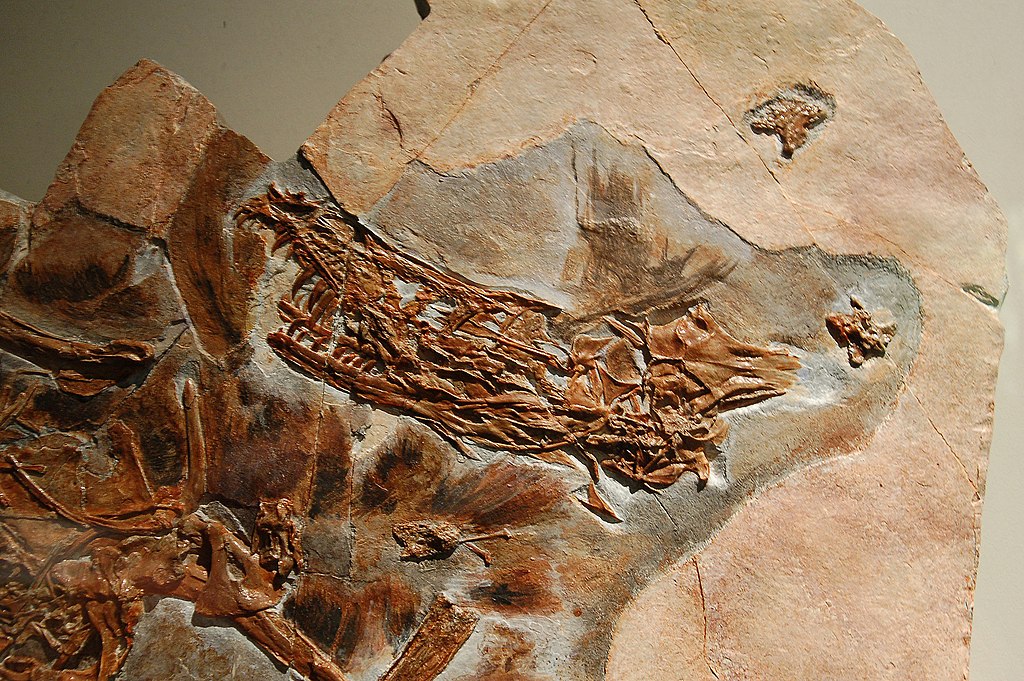
The scientific name Halszkaraptor escuilliei honors two individuals significant to paleontology. The genus name commemorates Polish paleontologist Halszka Osmólska, who made substantial contributions to our understanding of Mongolian dinosaurs throughout her distinguished career. Her work on theropod dinosaurs, particularly those from the Gobi Desert, laid important groundwork for understanding the evolutionary relationships of dinosaurs like Halszkaraptor. The species name honors François Escuillié, the fossil dealer who recognized the specimen’s scientific importance and facilitated its return to Mongolia and proper scientific study. This naming reflects both the scientific heritage of dinosaur research and the complex modern issues surrounding fossil collection and repatriation. The name “raptor” in Halszkaraptor acknowledges its relationship to other dromaeosaurid dinosaurs, commonly known as “raptor dinosaurs.”
Comparable Cases in the Fossil Record

While Halszkaraptor is unique, it’s not the only dinosaur to show adaptations for a semi-aquatic lifestyle. Spinosaurus, a large theropod from North Africa, has recently been reinterpreted as a semi-aquatic predator based on its crocodile-like snout, dense bones, and possibly paddle-like tail. The small theropod Hesperornithoides from the Morrison Formation shows some adaptations that might indicate comfort around water. Outside the theropod lineage, hadrosaurs (duck-billed dinosaurs) show evidence of being strong swimmers, with some species potentially spending significant time in water. These examples demonstrate that the transition to aquatic habitats occurred multiple times independently in dinosaur evolution. Each case provides valuable data points for understanding how terrestrial vertebrates adapt to aquatic environments, a transition that has occurred repeatedly throughout evolutionary history across various animal groups.
Modern Analogues
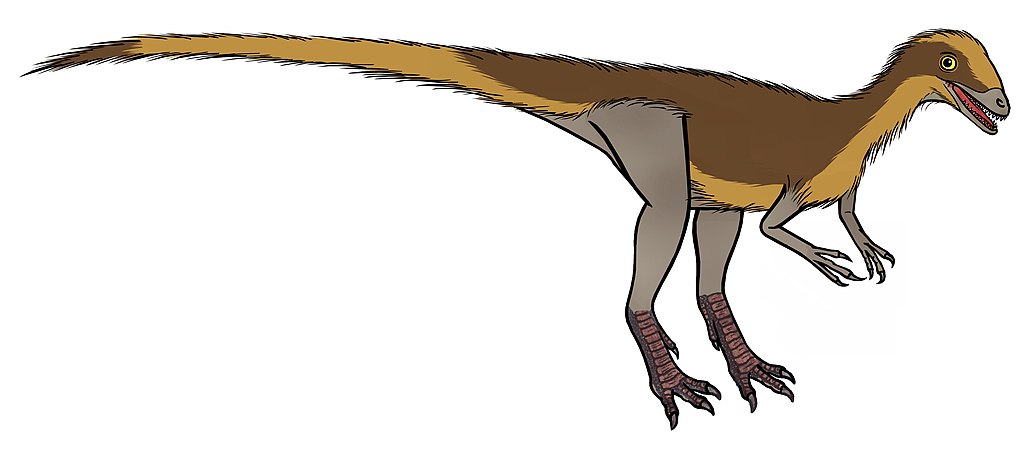
To better understand how Halszkaraptor might have lived, paleontologists look to modern animals with similar adaptations. The most obvious analogues are birds like cormorants and dippers that actively swim to hunt underwater but remain capable on land. These birds use their wings for underwater propulsion in a manner that might parallel how Halszkaraptor used its modified forelimbs. The platypus offers another interesting comparison, with its sensitive bill adapted for detecting prey underwater through electroreception and mechanical sensitivity, potentially similar to Halszkaraptor’s sensory-equipped snout. Certain monitor lizards like the water monitor demonstrate how a primarily terrestrial reptile can become adept at swimming while retaining its predatory capabilities on land. These modern analogues help scientists reconstruct the behavior of extinct animals like Halszkaraptor, though it’s important to remember that no modern animal is a perfect match for this unique dinosaur.
Implications for Dinosaur Diversity
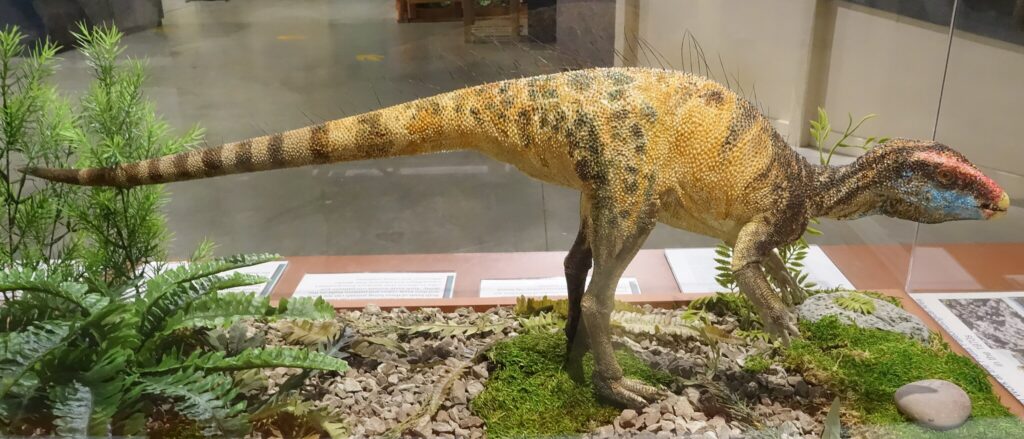
The discovery of Halszkaraptor has significant implications for our understanding of dinosaur diversity and adaptability. It demonstrates that dinosaurs were exploring ecological niches previously not associated with them, suggesting that dinosaur diversity was even greater than the fossil record currently indicates. This finding supports the view that dinosaurs were highly adaptable organisms capable of evolving specialized features for diverse lifestyles, contributing to their evolutionary success over 165 million years. The existence of a semi-aquatic dromaeosaurid raises questions about how many other unusual dinosaur adaptations might remain undiscovered, especially considering that the fossil record preserves only a fraction of past biodiversity. It also highlights the importance of Mongolia’s Gobi Desert as a treasure trove of unique and well-preserved dinosaur fossils that continue to reshape our understanding of dinosaur evolution.
Future Research Directions

The study of Halszkaraptor opens numerous avenues for future research in paleontology. Scientists hope to discover additional specimens of this unusual dinosaur to confirm its anatomical features and possibly reveal more about its biology and behavior. More detailed biomechanical analyses of its limb structure could provide greater insights into how it moved both on land and in water. Histological studies of bone microstructure might reveal growth patterns and metabolic adaptations related to its semi-aquatic lifestyle. Expanded excavations in the Djadochta Formation could potentially uncover related species, helping to establish whether Halszkaraptor represents a one-off evolutionary experiment or part of a more diverse group of semi-aquatic theropods. Additionally, further application of advanced imaging techniques to other unusual fossils might reveal previously unrecognized adaptations in other dinosaur specimens, potentially uncovering more cases of dinosaurs that defy conventional classification.
Conservation of Mongolian Fossils
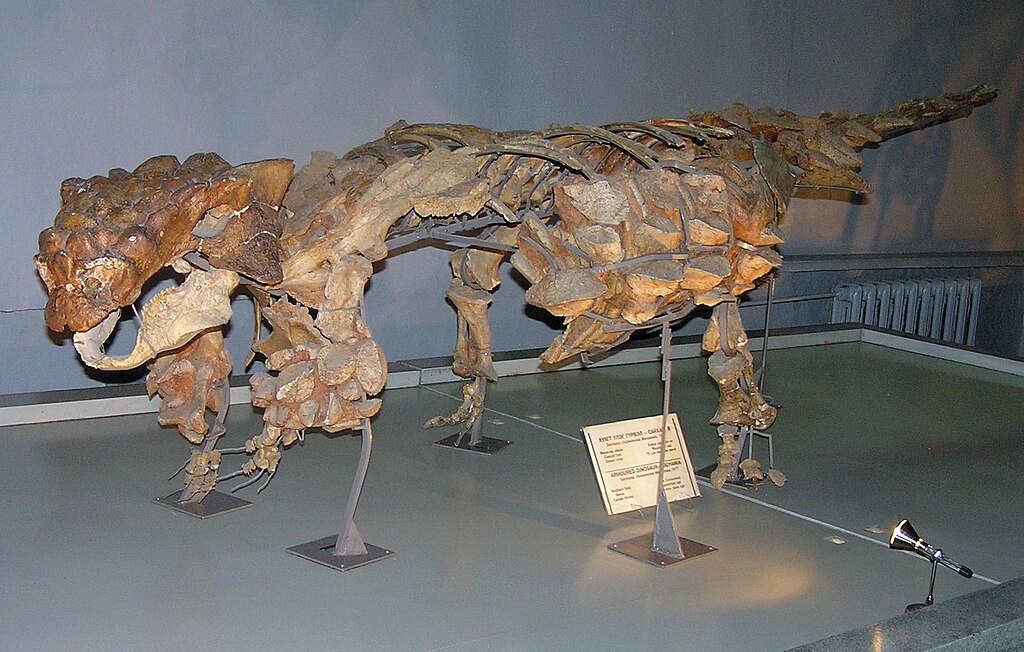
The complicated journey of the Halszkaraptor fossil from Mongolia through illegal channels and private collections highlights ongoing challenges in fossil conservation and repatriation. Mongolia has strict laws prohibiting the export of fossils found within its borders, recognizing them as important national heritage. Despite these protections, fossil poaching remains a significant problem in the fossil-rich Gobi Desert, with many specimens illegally excavated and sold on international markets. The scientific study of Halszkaraptor was only possible because the fossil was eventually returned to legitimate scientific channels, but many other significant specimens remain in private collections inaccessible to researchers. This case underscores the importance of international cooperation in combating fossil smuggling and ensuring that scientifically valuable specimens remain available for study. It also highlights the ethical responsibility of researchers and institutions to avoid working with fossils of questionable provenance.
Conclusion
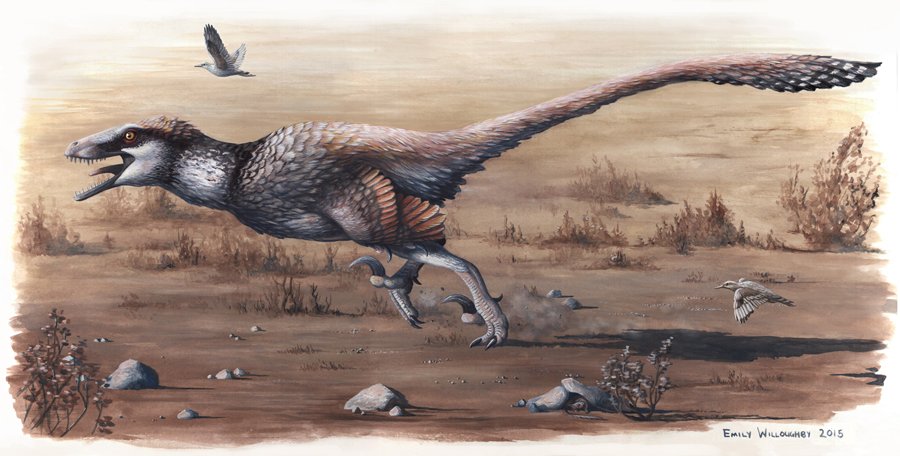
Halszkaraptor escuilliei stands as a testament to the remarkable diversity and adaptability of dinosaurs throughout their long evolutionary history. This extraordinary fossil, with its blend of terrestrial predator and aquatic hunter characteristics, challenges our preconceptions about dinosaur capabilities and ecological roles. It reminds us that despite over two centuries of dinosaur research, significant discoveries continue to reshape our understanding of these fascinating creatures. As technologies advance and more regions of the world are thoroughly explored for fossils, we can expect more surprising discoveries that will further blur the lines between conventional dinosaur categories. Halszkaraptor – the dinosaur that looks like two in one – may be just the beginning of a new chapter in our understanding of dinosaur diversity.




